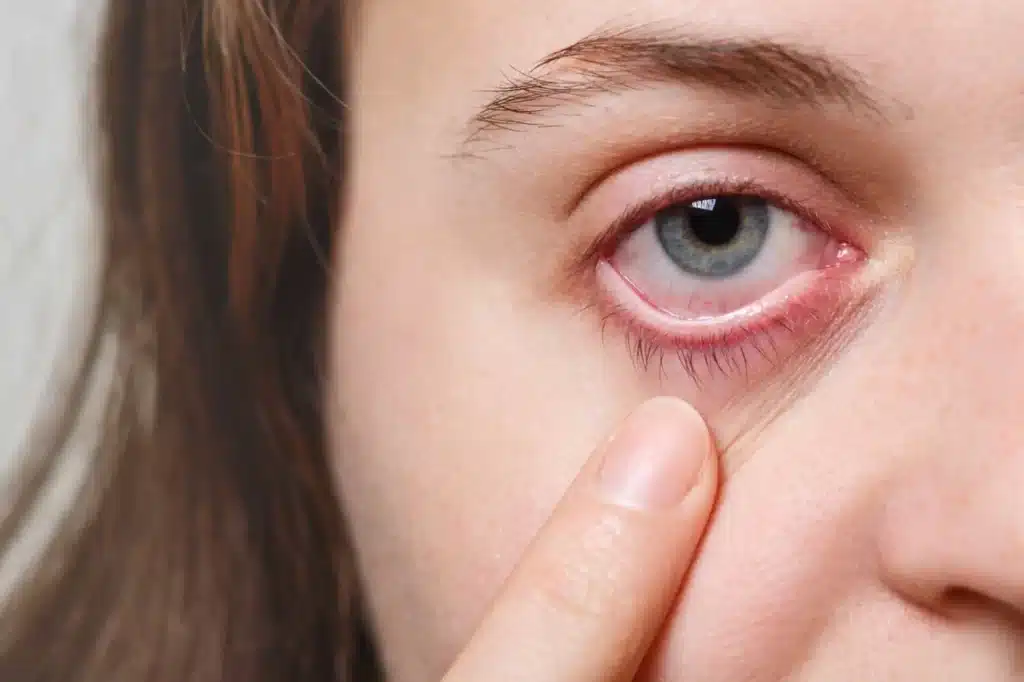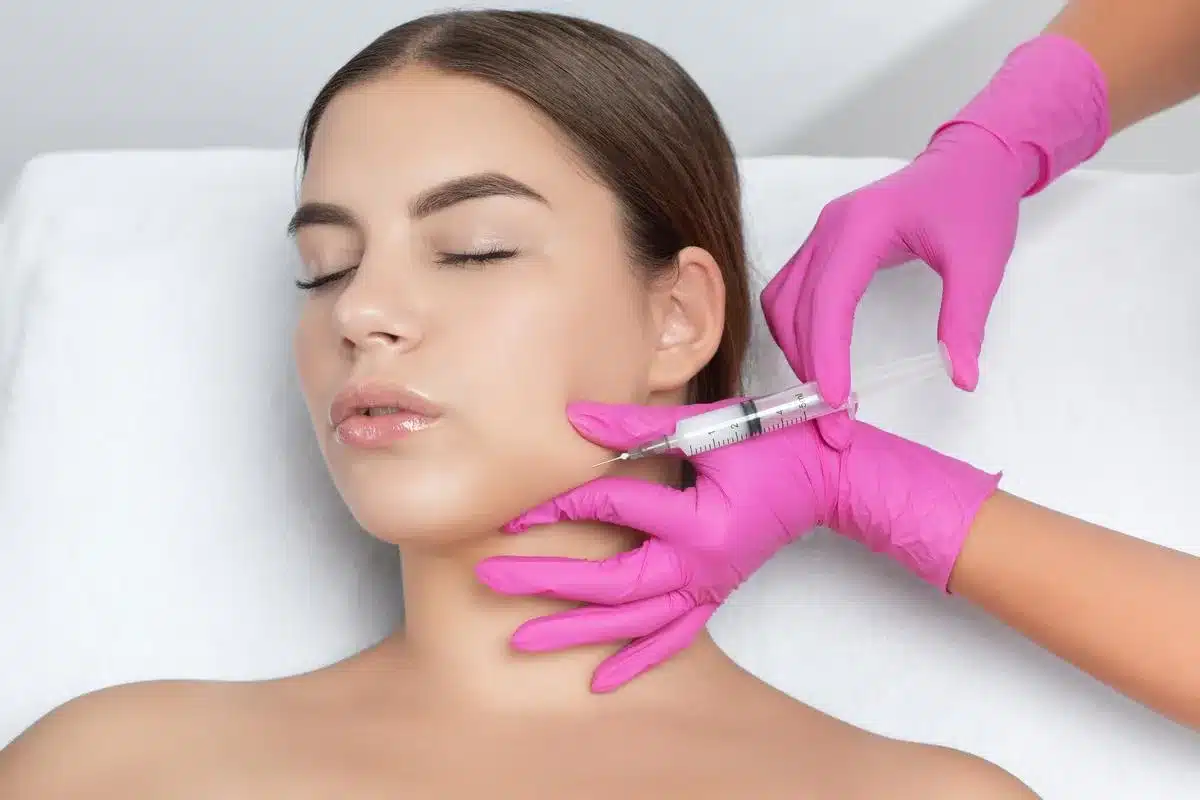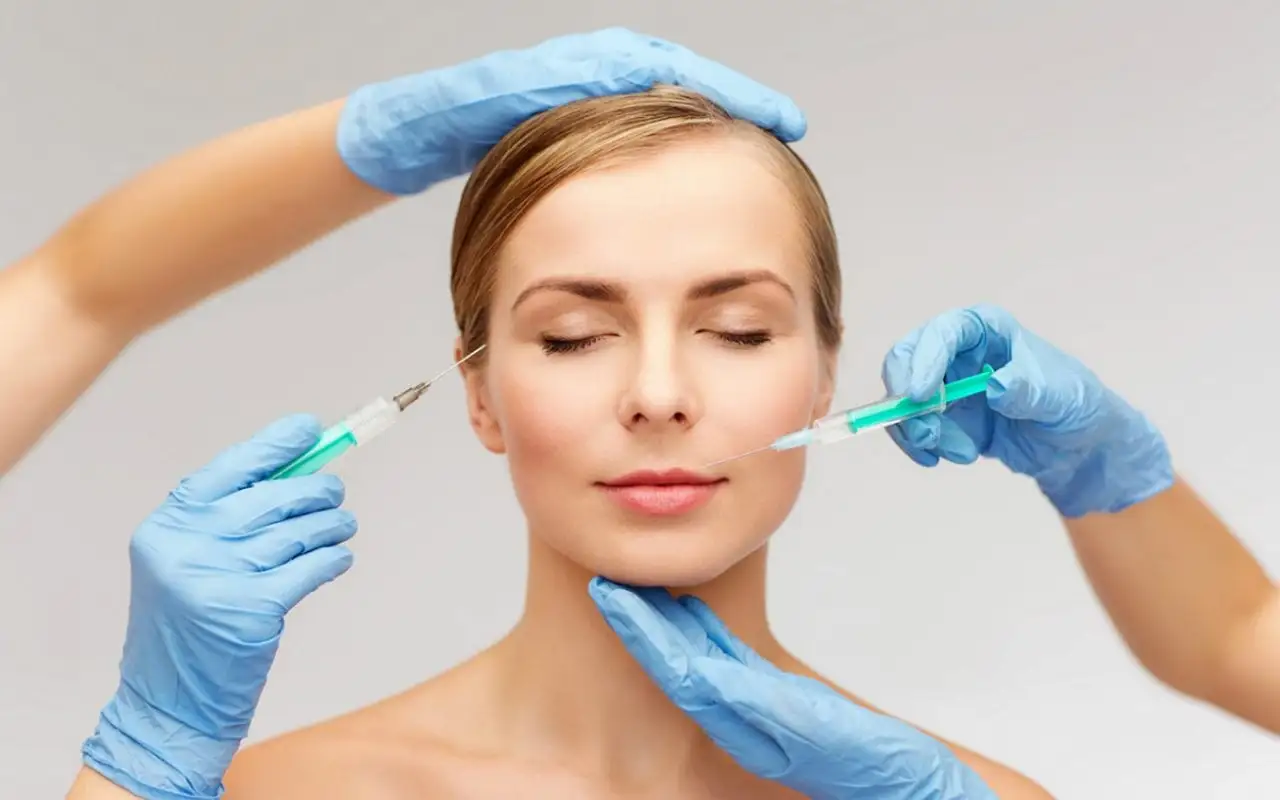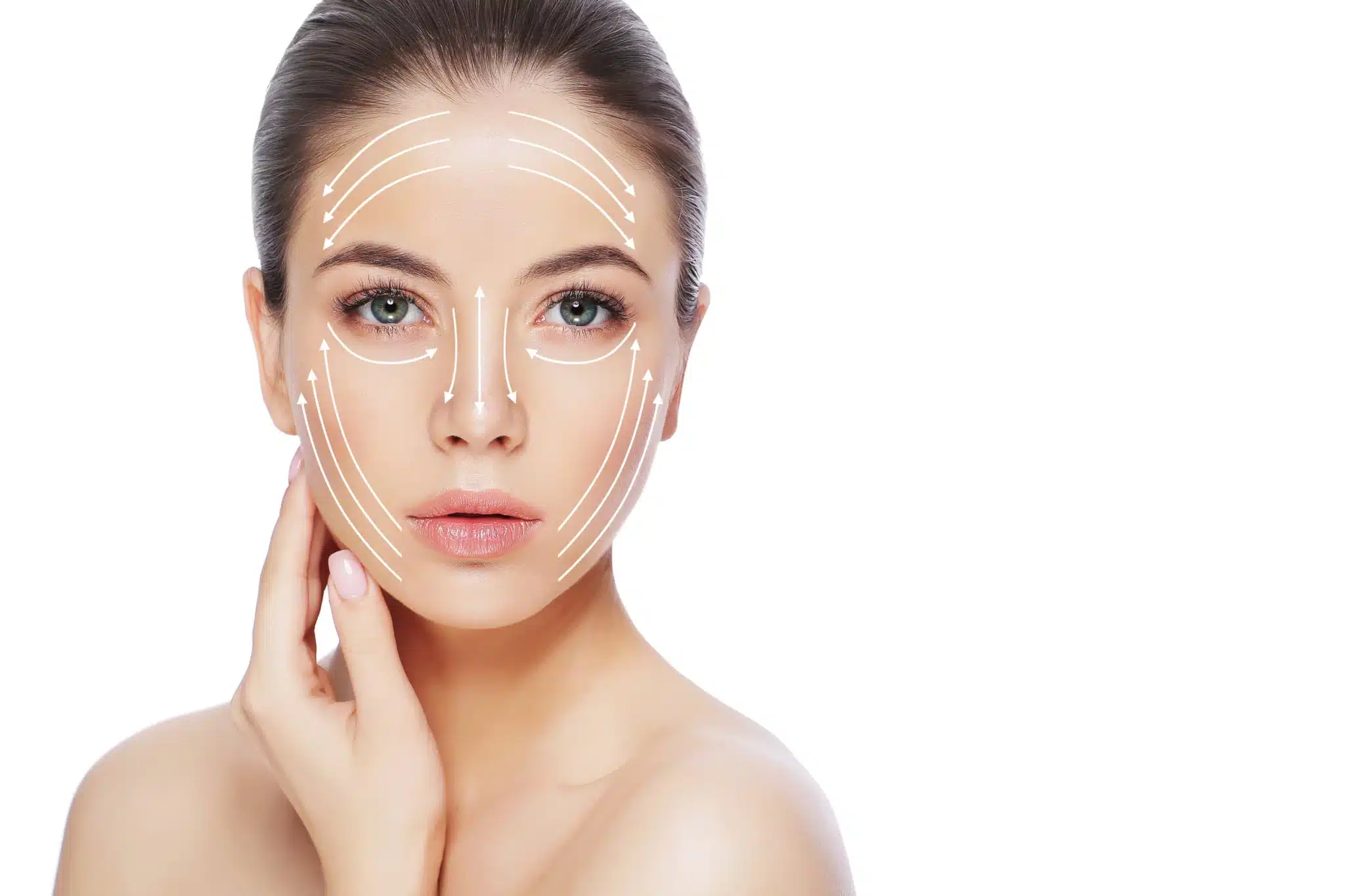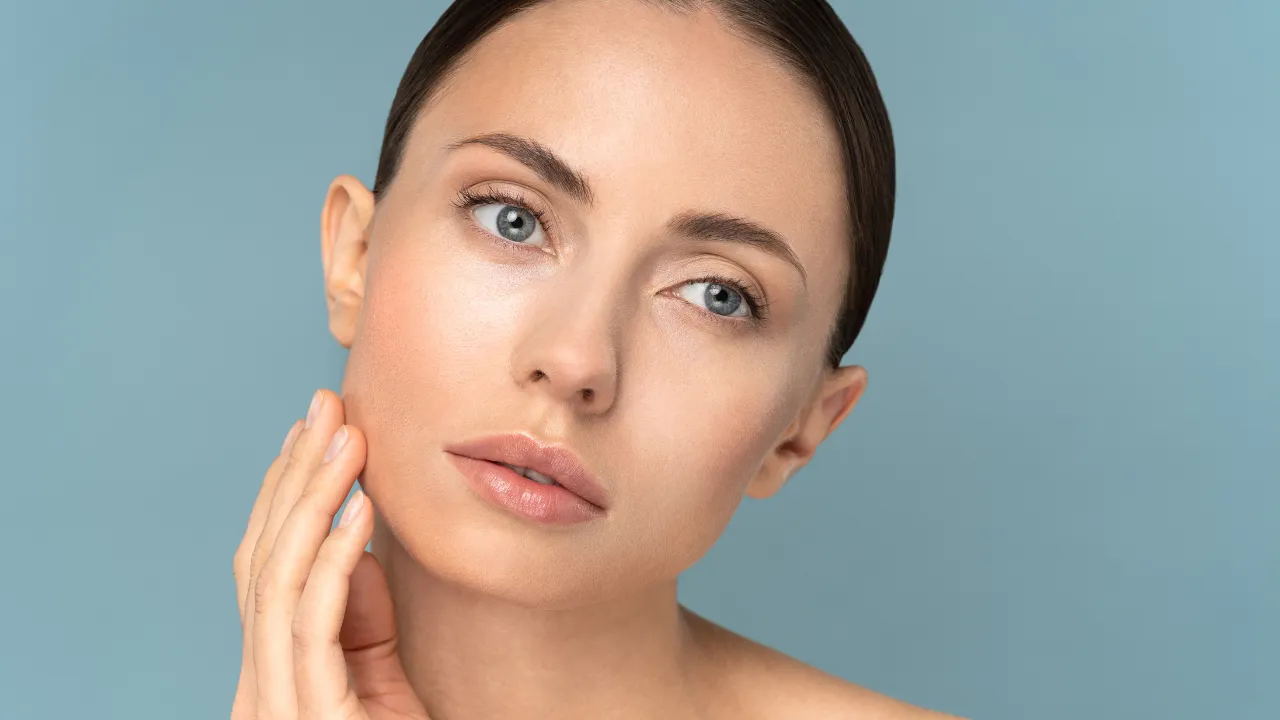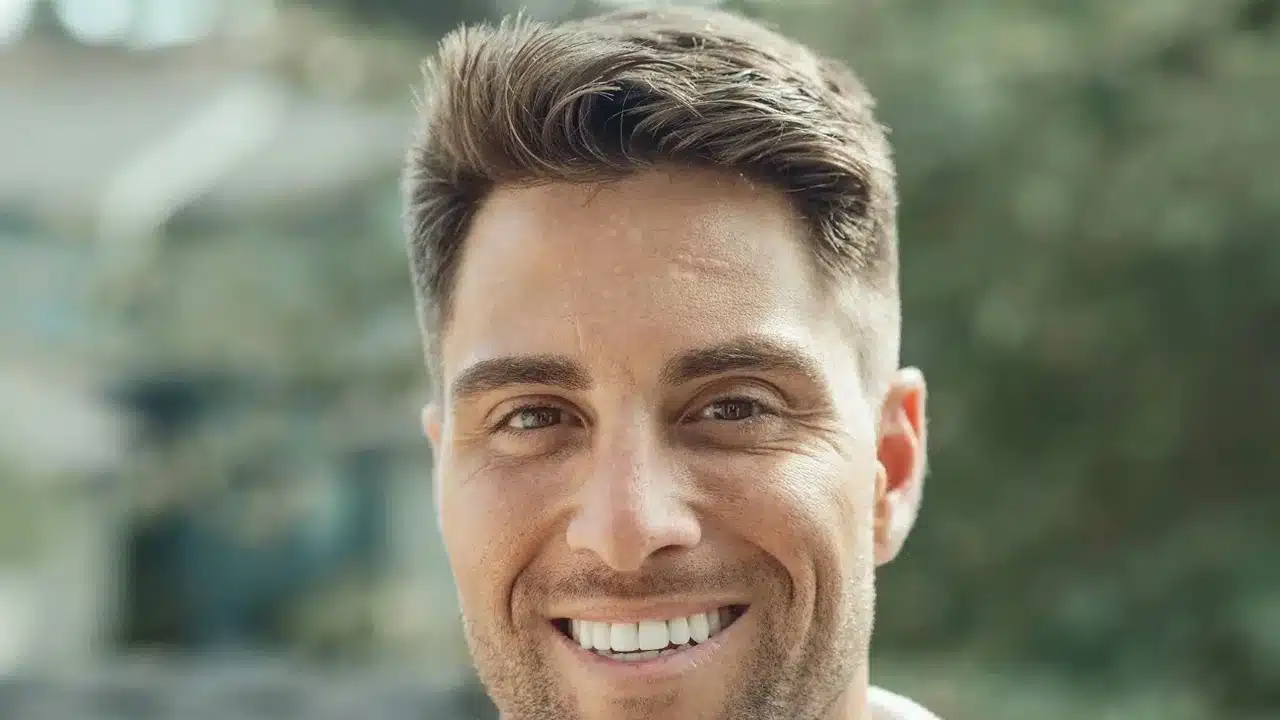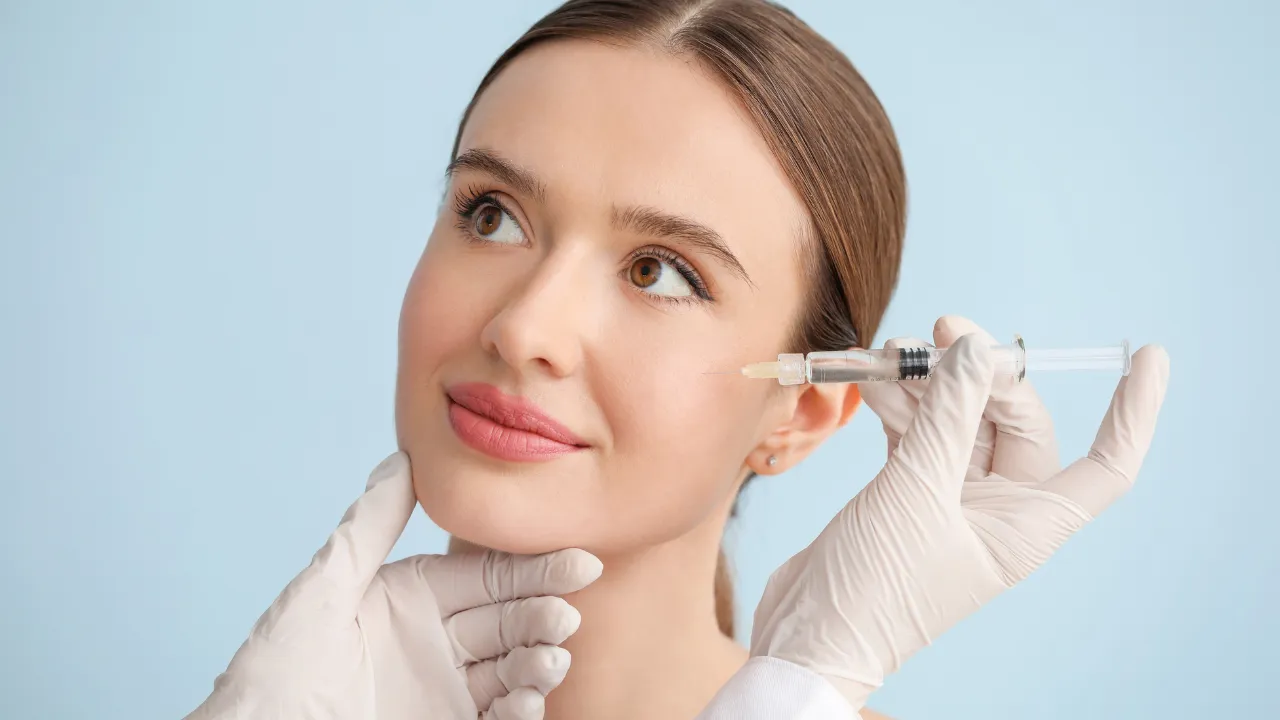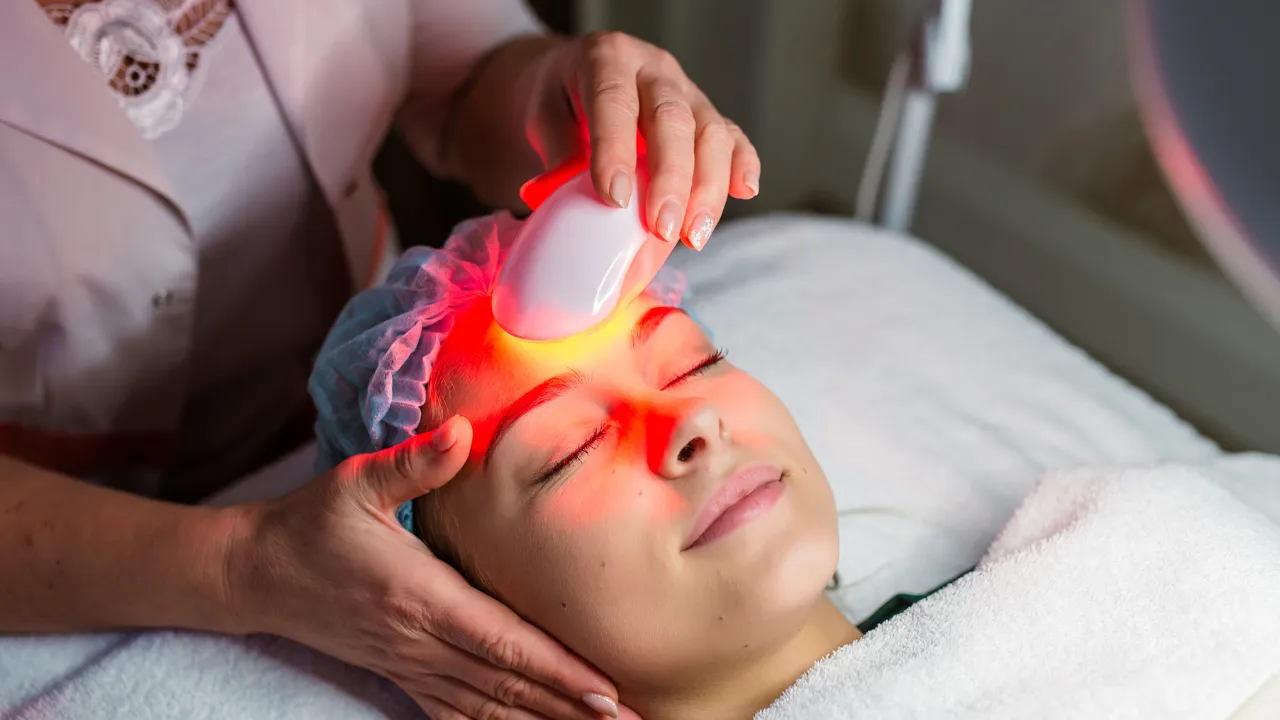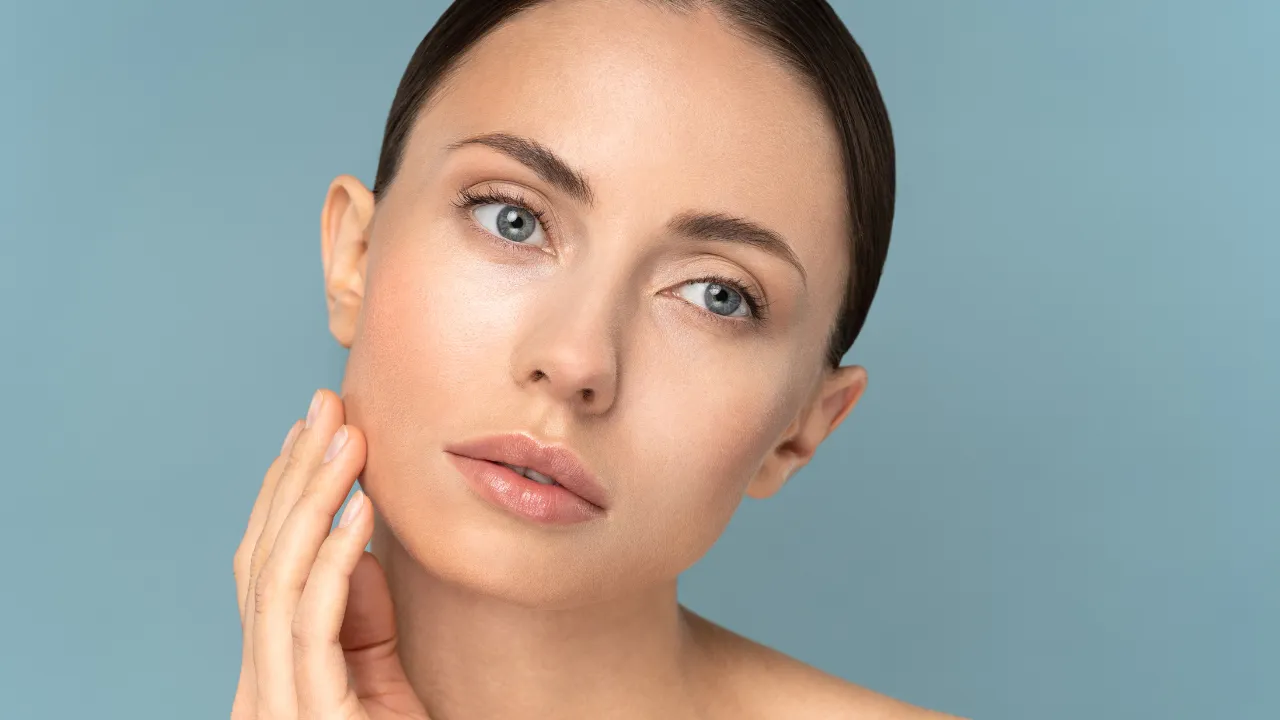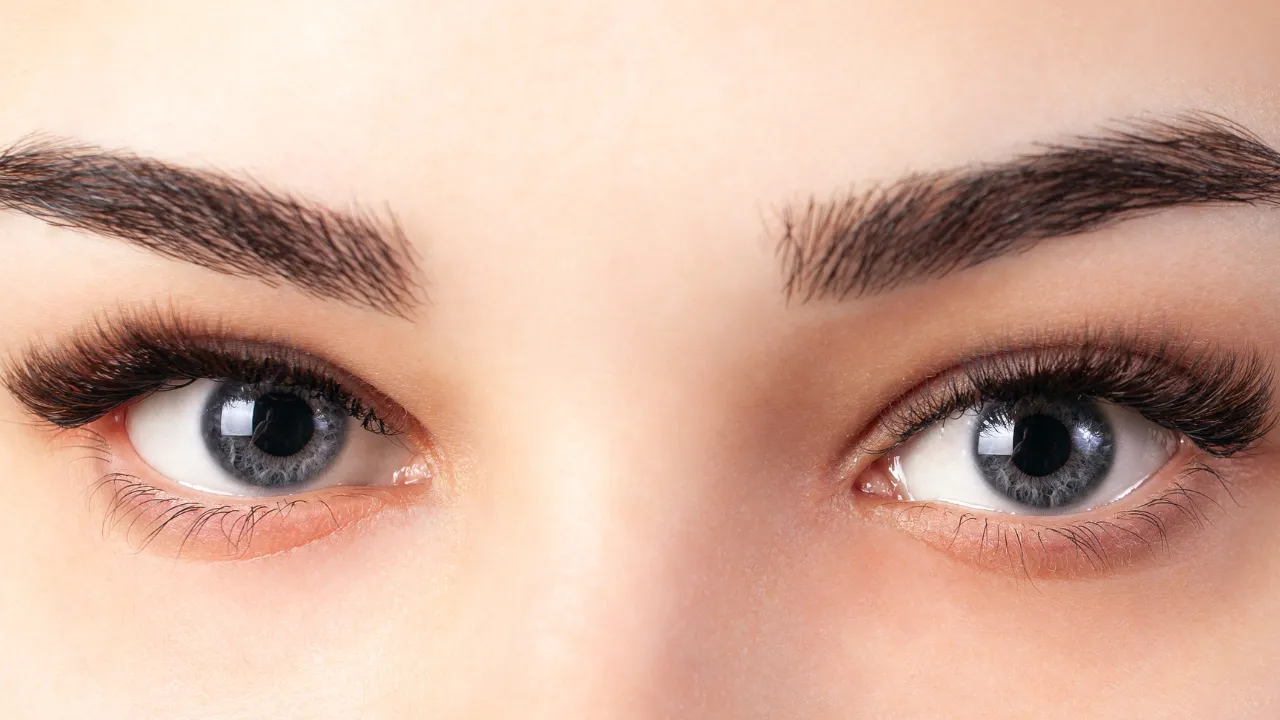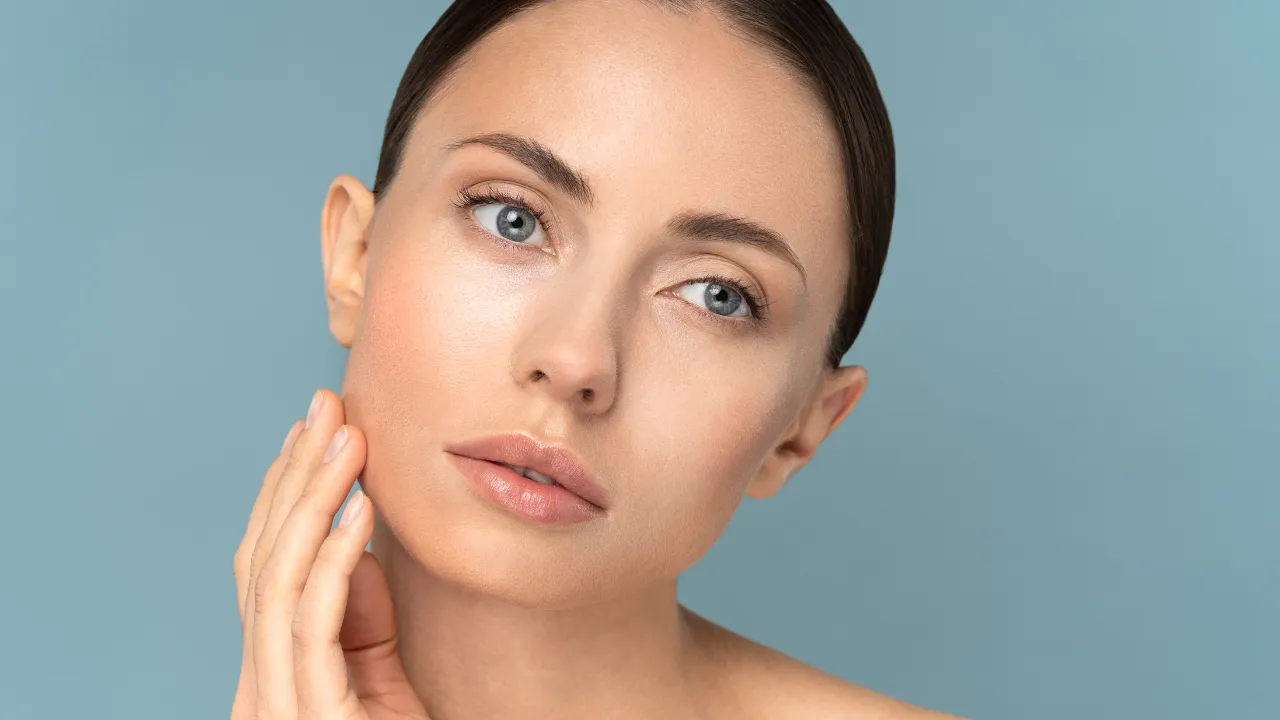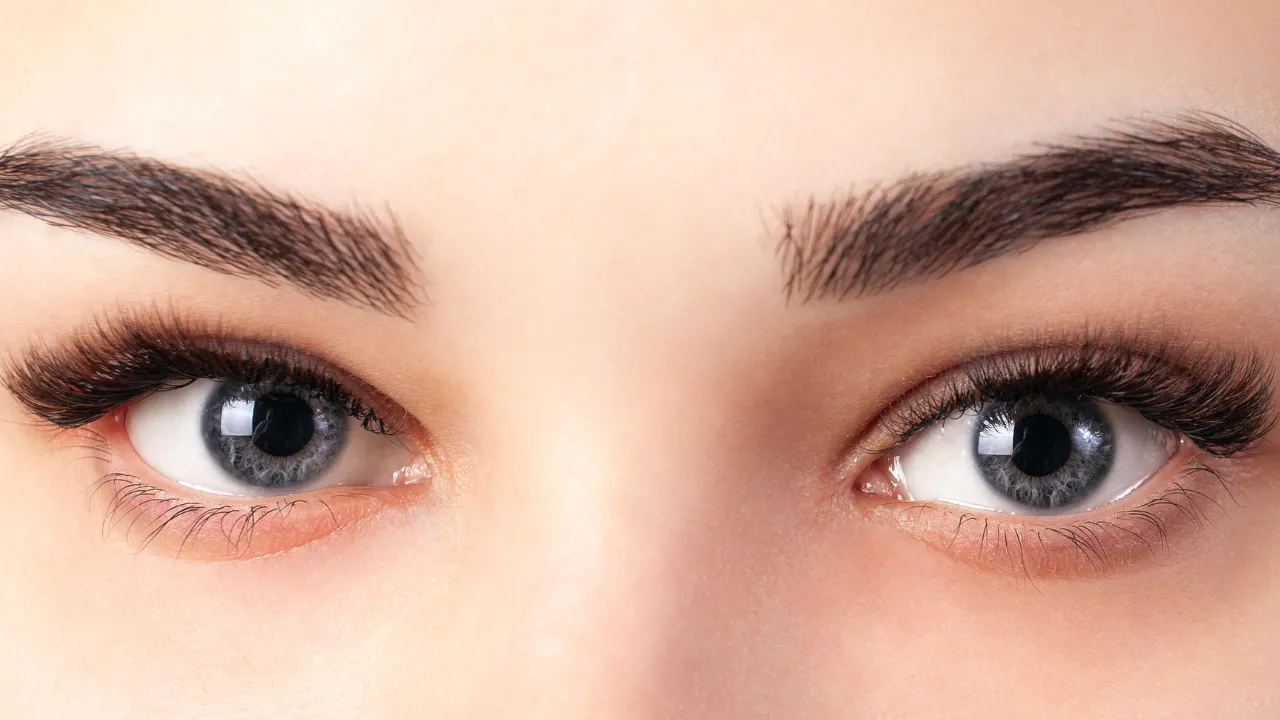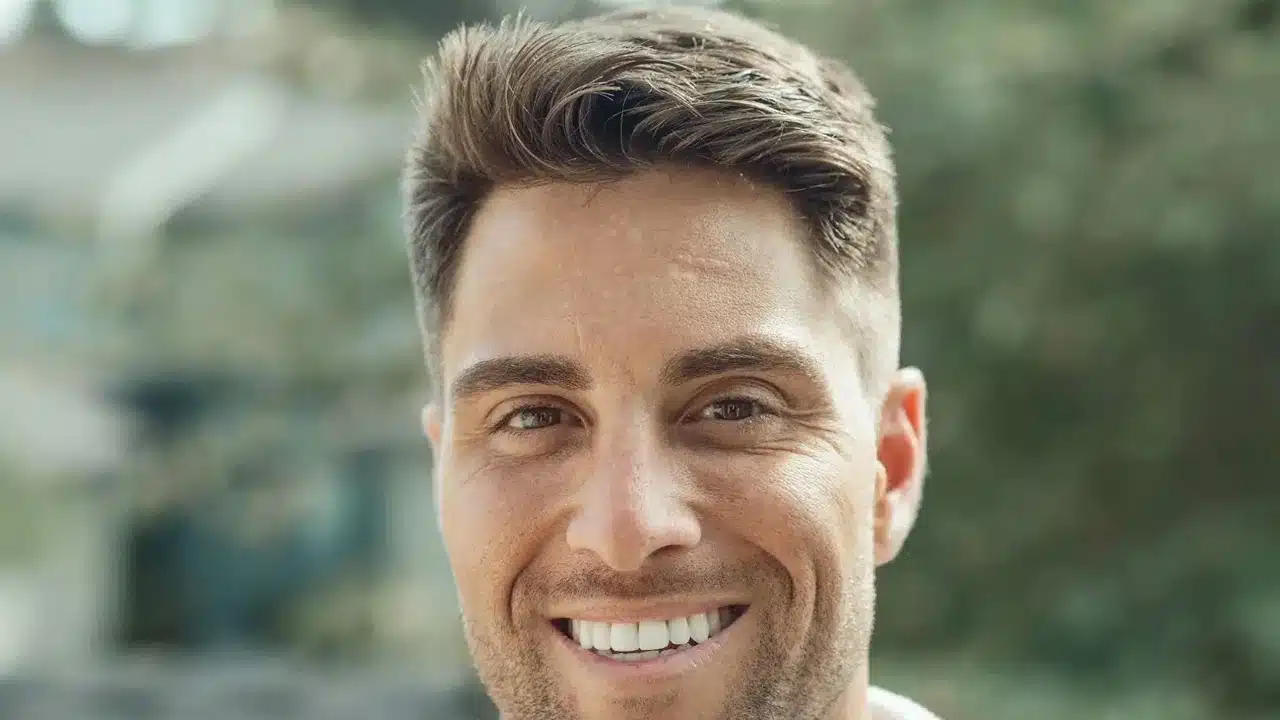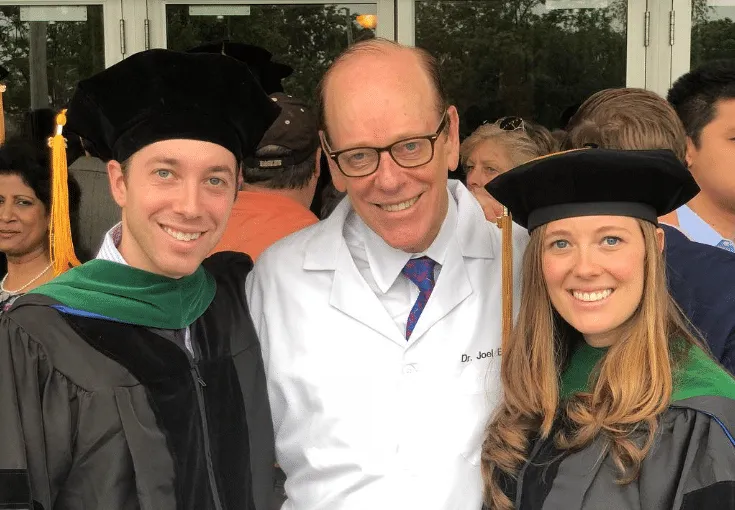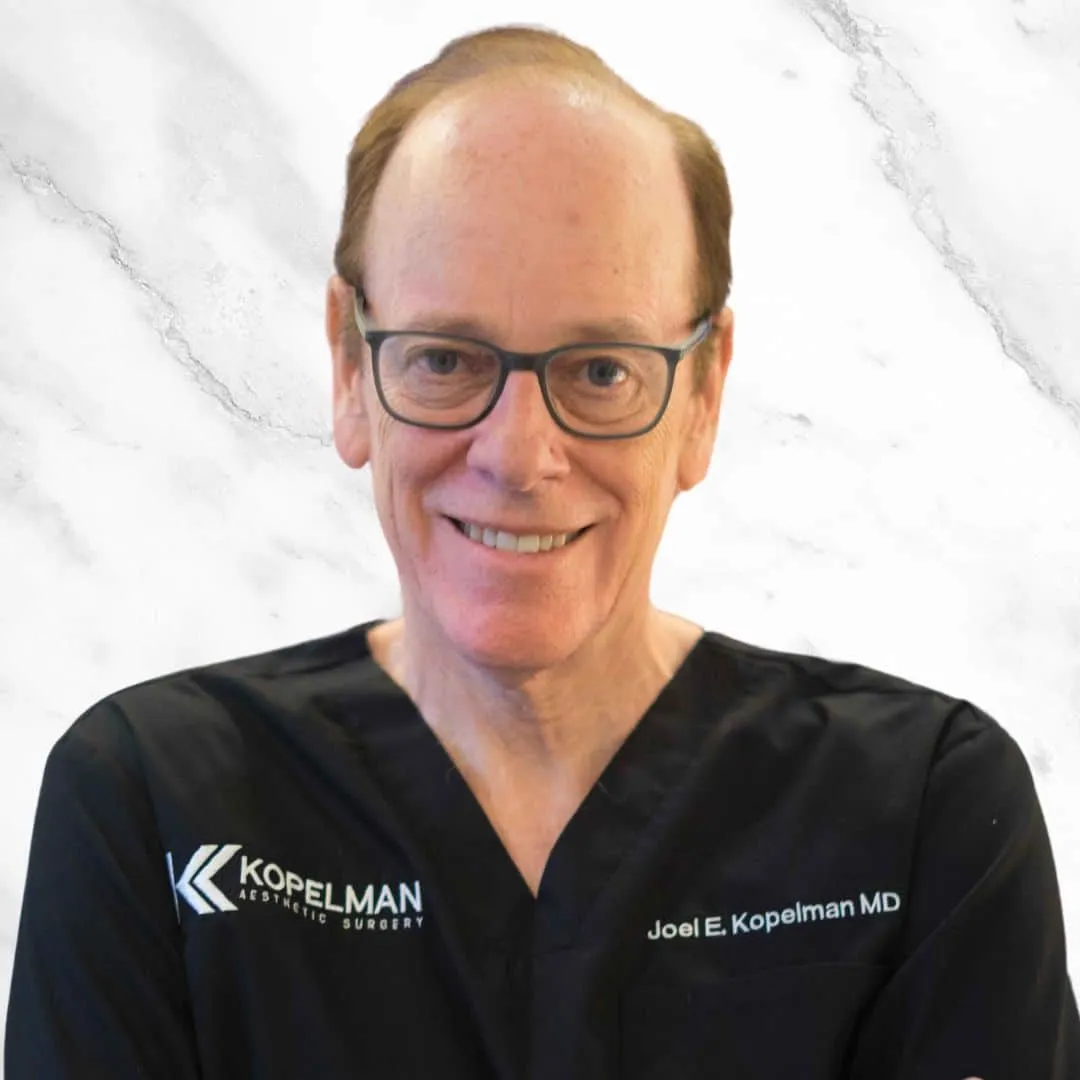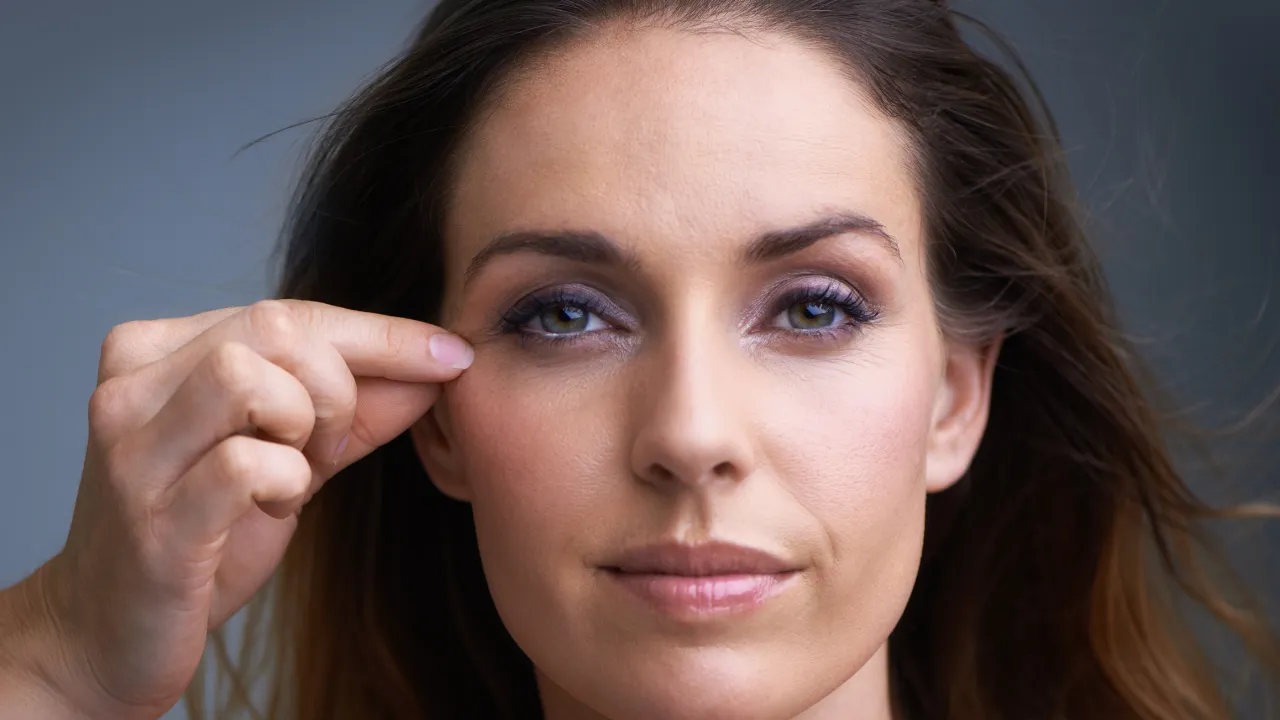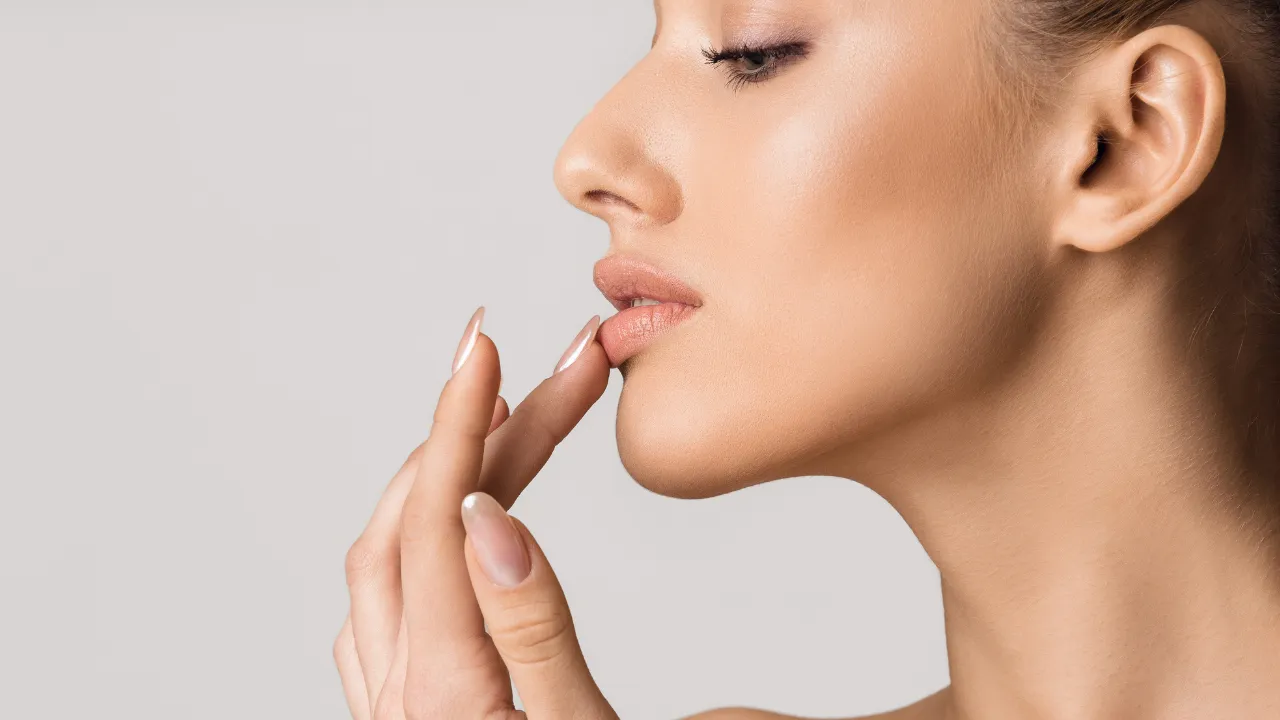Patients often experience dry eyes after blepharoplasty, especially during the first few weeks of recovery. At Kopelman Aesthetic Surgery, Dr. Joel Kopelman, a board-certified oculoplastic surgeon, provides expert care to minimize side effects and support healing. His approach ensures patients are well-prepared for what to expect after this cosmetic procedure.
Table of Contents
ToggleWhy Dry Eyes Happen and Who’s at Risk
Understanding the causes of dry eyes after eyelid surgery helps patients know what to expect and how to reduce discomfort. This section explains how surgical changes and individual risk factors contribute to the condition.
Causes Related to Surgery
Dry eyes after eyelid surgery are a common side effect, especially when the upper lid does not close fully during recovery. This can reduce tear production and lead to dryness. The surgical procedure may also affect blinking if it removes excess skin or alters muscle tension.
Even subtle changes in eyelid function can interfere with how tears spread across the eye. Postoperative swelling and temporary nerve sensitivity can further impact tear balance.
Patient Risk Factors
People with pre-existing dry eye syndrome, autoimmune issues, or those who wear contact lenses frequently are more prone to developing dry eyes. Combined upper eyelid and lower eyelid surgeries can increase this risk. Temporary swelling and blinking disruption are also factors leading to dry eyes.
Patients with naturally loose eyelid skin or those with prior laser vision correction may also have reduced baseline tear film quality, increasing the chance of persistent dryness.
Dry Eye Symptoms and Duration
Recognizing symptoms early allows patients to manage dryness more effectively and avoid complications. This section covers typical signs and how long they usually last.
What to Expect During Recovery
The day after surgery, patients may feel irritation, burning, or blurred vision. These signs of dry eye after eyelid procedures are common and usually short-lived.
Other symptoms can include light sensitivity, watery eyes (as a response to dryness), and the sensation of something gritty in the eye. These symptoms usually peak within the first few days.
Short-Term vs. Chronic Dryness
Symptoms typically improve within a few weeks. However, in some cases, dry eyes 6 months after blepharoplasty may occur, especially if healing is delayed or tear production remains low. This may signal that blepharoplasty dry eyes are becoming a longer-term concern.
Monitoring the duration and severity of symptoms helps identify when dryness is part of normal recovery—or when further treatment is needed.
What Increases the Risk of Chronic Dry Eye After Surgery?
Some patients are more likely to develop lasting symptoms after blepharoplasty. This section explains why and offers strategies to reduce those risks.
Some patients continue to experience dryness longer than expected. Contributing factors include:
- Pre-existing dry eye or autoimmune disease
- Incomplete eyelid closure after surgery
- Lower lid laxity or eyelid skin changes
- Combined upper eyelid and lower procedures
- Aggressive tissue removal during cosmetic surgery
These factors can prolong recovery and result in persistent dry eyes after blepharoplasty. Dr. Kopelman emphasizes conservative surgical planning to lower this risk.
Patients with any of these risk factors may benefit from closer post-op monitoring and a more proactive treatment plan during recovery.
How to Prevent Dry Eyes After Surgery
Prevention begins before surgery and continues through the healing phase. These steps help reduce the chance of dryness and improve comfort during recovery.
Pre-Surgery Planning
Inform your oculoplastic surgeon about any eye-related symptoms before undergoing a cosmetic procedure. This allows for risk-reducing measures and tailored techniques.
Surgeons can adjust their approach based on your anatomy and tear function, choosing more conservative techniques that preserve natural eyelid support.
Postoperative Care Tips
- Use artificial tears before and after surgery
- Avoid wearing contact lenses during the first week
- Apply cold compresses the day after surgery
- Sleep with your head elevated
- Use a humidifier in dry rooms
Dr. Kopelman may also recommend short-term anti-inflammatory drops for added relief. Consistent aftercare plays a key role in maintaining tear stability during healing.
Treatment Options for Dry Eyes
If dry eyes occur, effective treatments can restore comfort and prevent chronic irritation. This section explains common at-home options and when medical care is necessary.
Home-Based Treatments
- Lubricating eye drops
- Warm compresses for tear gland stimulation
- Gels or ointments for overnight moisture
- Sunglasses to reduce wind exposure
- Limiting screen time to encourage blinking
These approaches work best when started early. They support natural healing and reduce surface inflammation.
Medical Support for Persistent Symptoms
For ongoing issues, prescription drops or anti-inflammatory medications may be necessary. In severe cases, punctal plugs may help preserve tears. Dr. Kopelman can assess eyelid function and recommend additional steps if dryness remains unresolved.
Treatments should be tailored to each patient’s symptoms and risk level. A professional evaluation ensures that the root cause is addressed properly.
Quick Answers: Common Questions About Dry Eyes After Surgery
Many patients have the same questions during recovery. This section provides quick, clear answers to common concerns.
- How long does dry eye last after upper blepharoplasty?
- Most symptoms improve in 2–4 weeks, though healing varies with each patient.
- Can dry eyes become permanent?
- Chronic symptoms are rare but possible if tear production doesn’t return to normal.
- What helps in the first week?
- Cold compresses, artificial tears, rest, and avoiding contact lenses are most effective.
When to Contact Your Surgeon
Knowing when to seek help ensures better outcomes. This section outlines what symptoms warrant professional attention.
Warning Signs Requiring Follow-Up
- Increasing redness or pain
- Ongoing blurred vision
- Dryness lasting several weeks
- Any worsening eye problems after blepharoplasty
Patients should stay in close contact with their oculoplastic surgeon to monitor progress and address concerns early. Dr. Kopelman advises timely follow-up to ensure full recovery and symptom resolution.
Ignoring ongoing symptoms can lead to more serious complications. Early intervention helps ensure that dryness remains a temporary issue—not a long-term concern.

